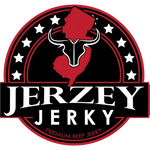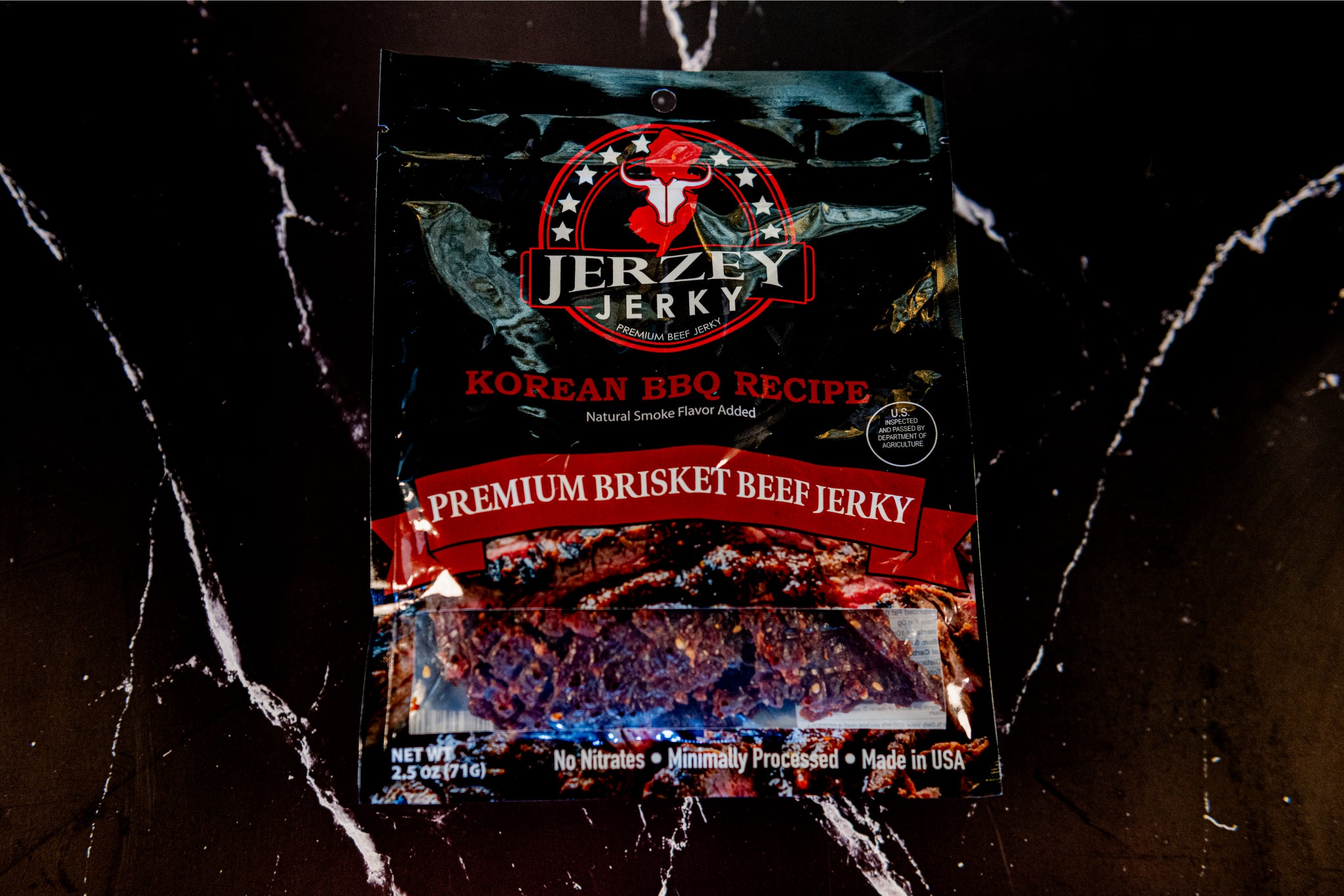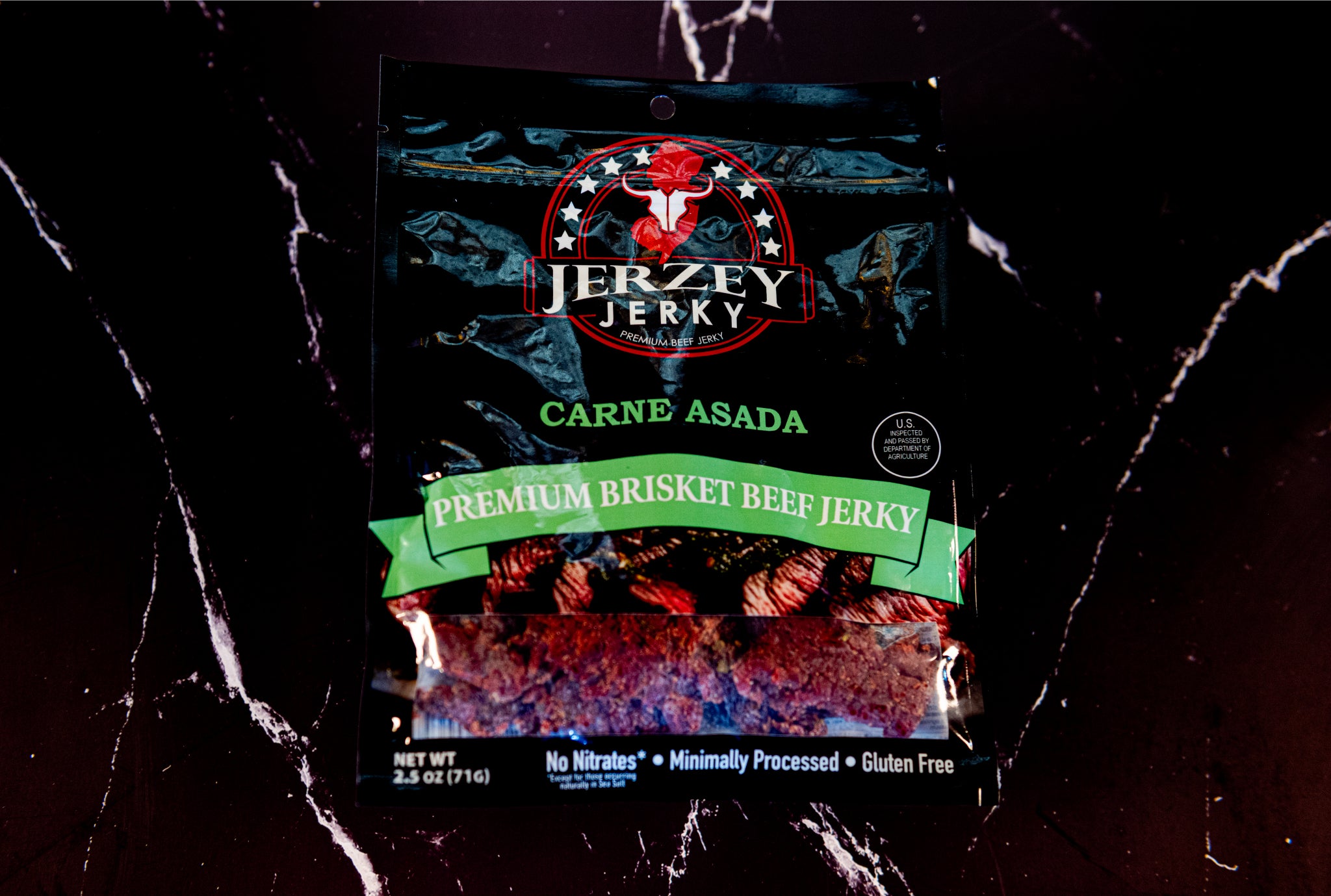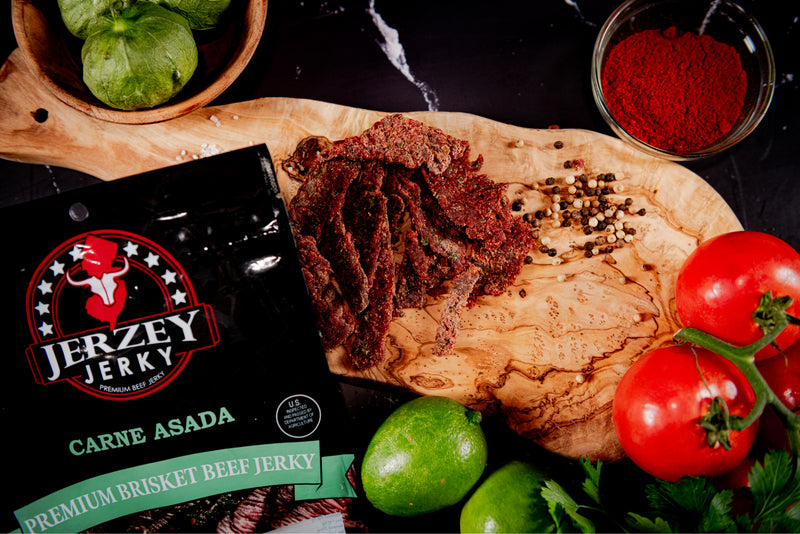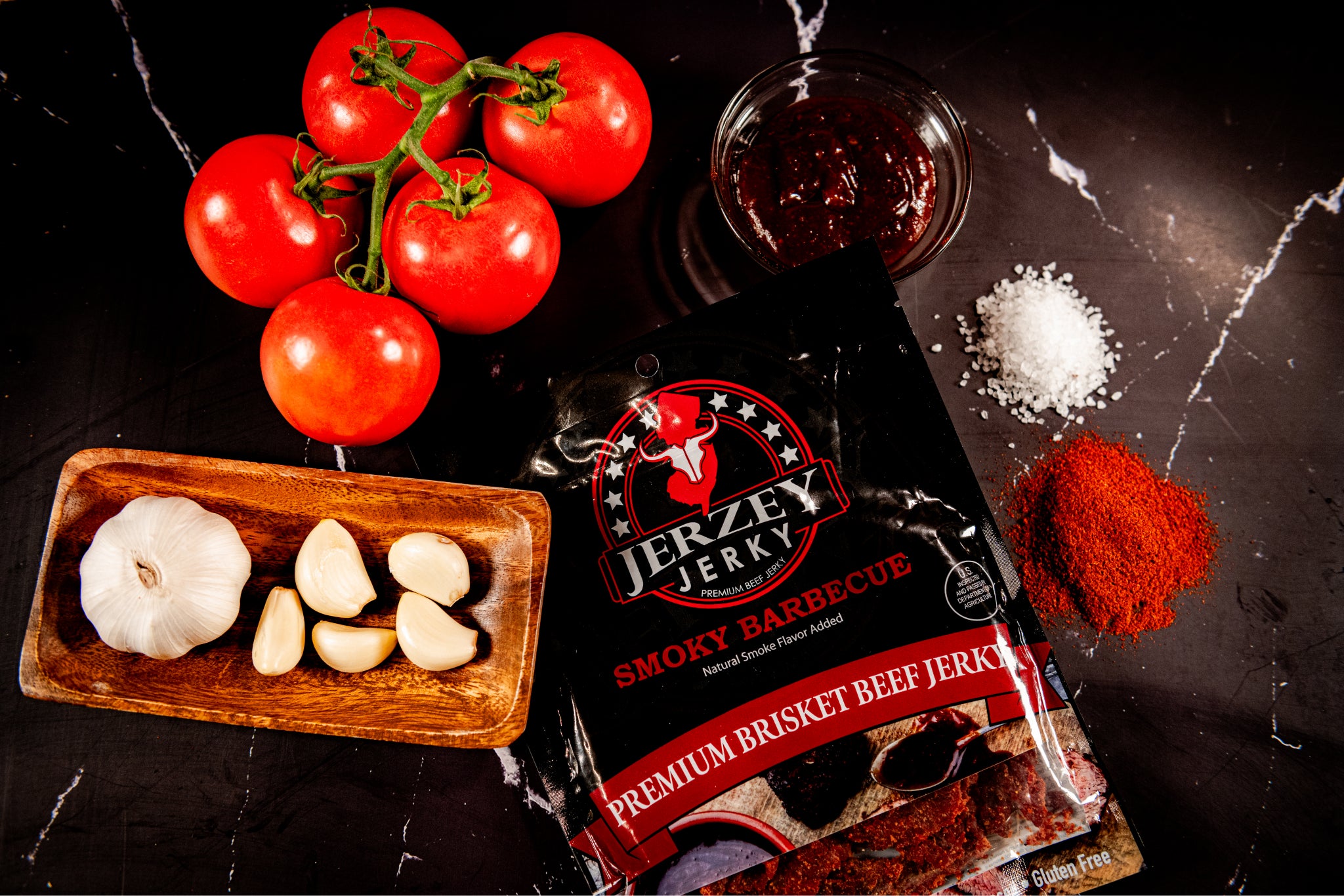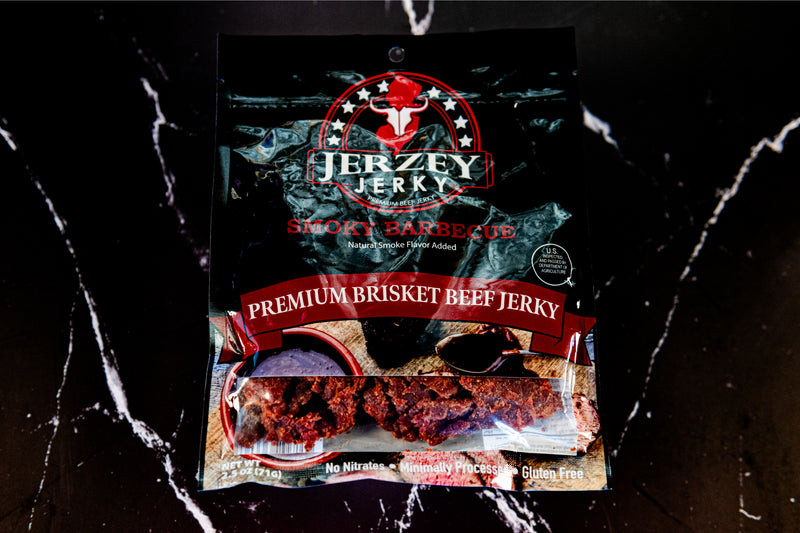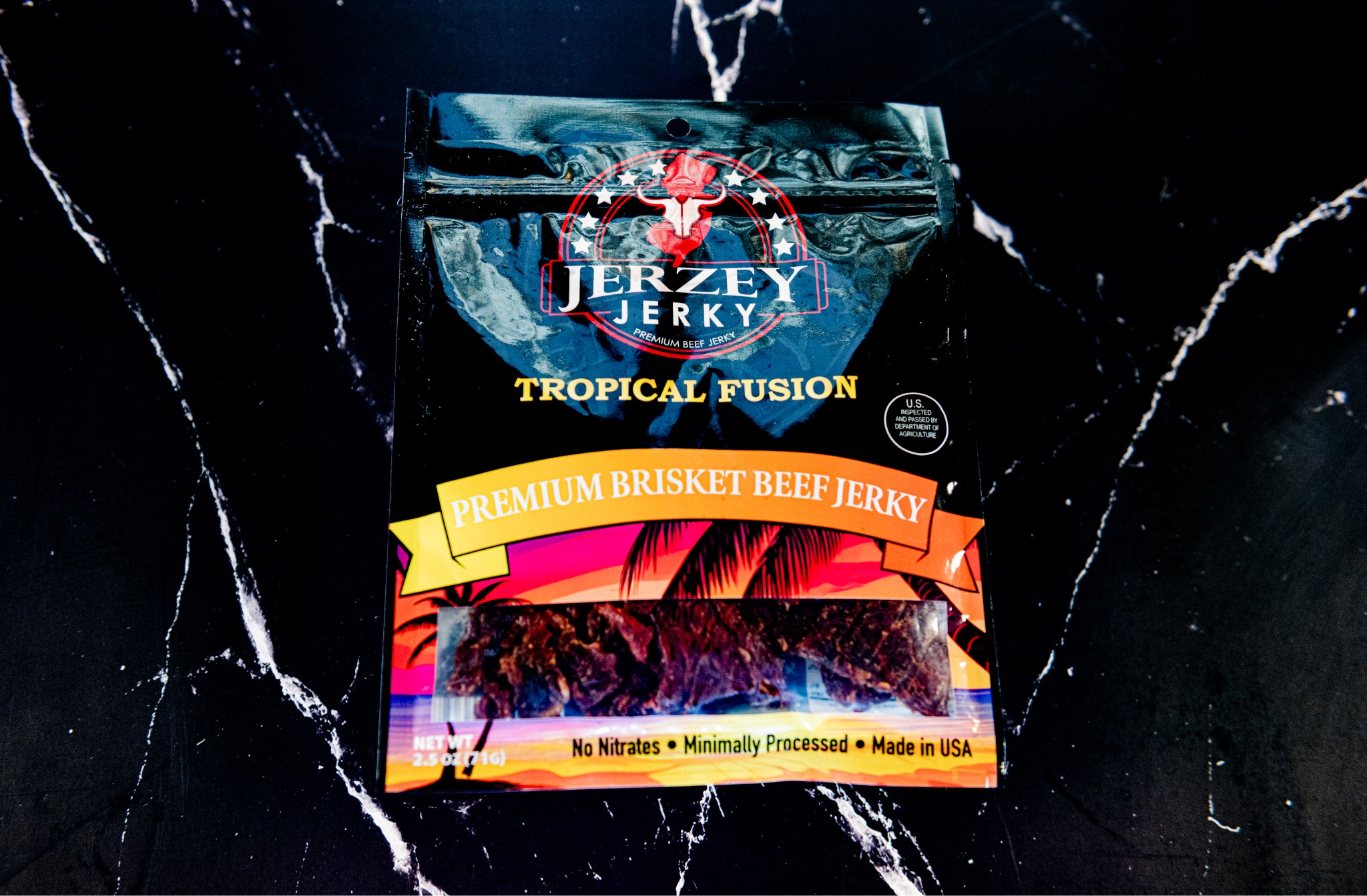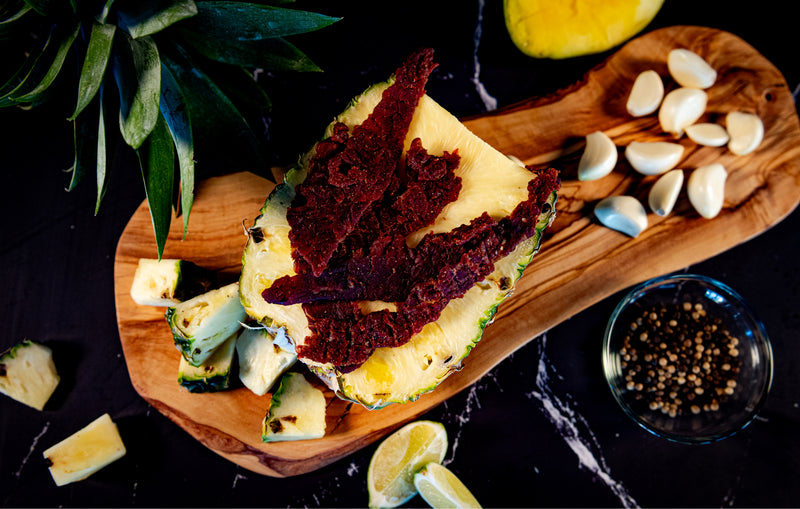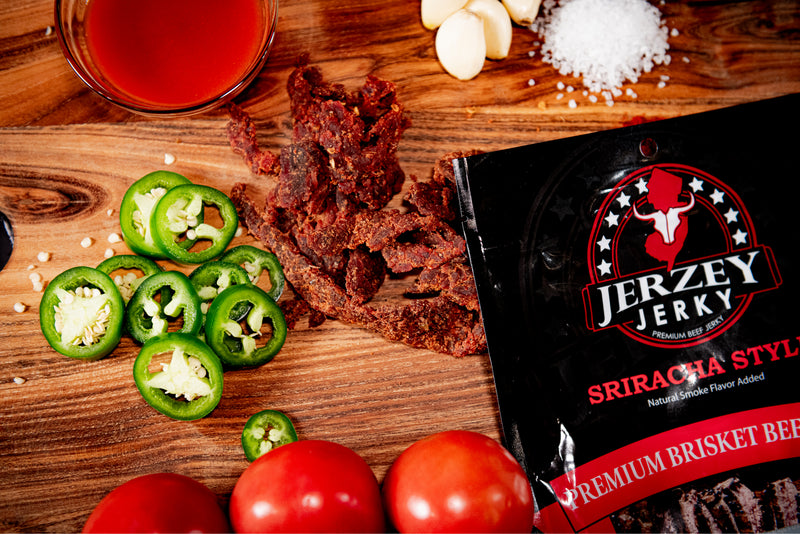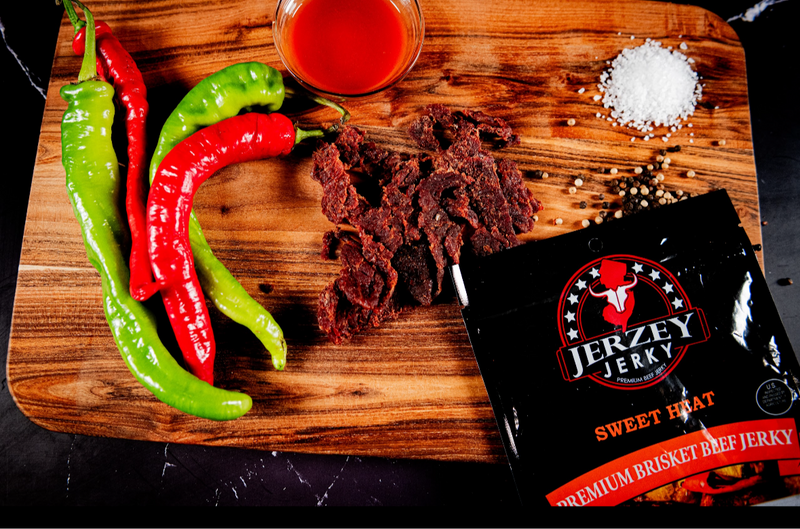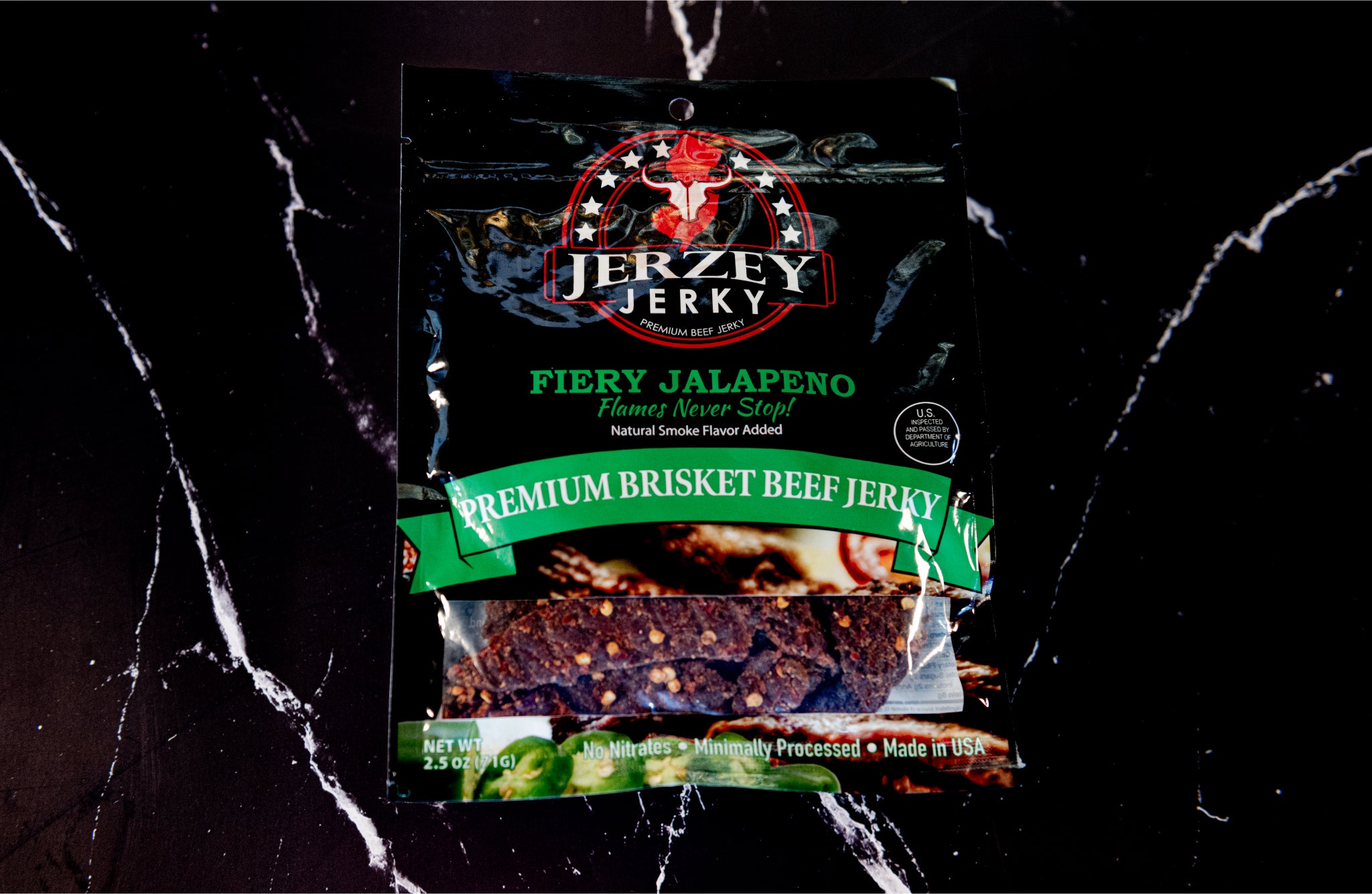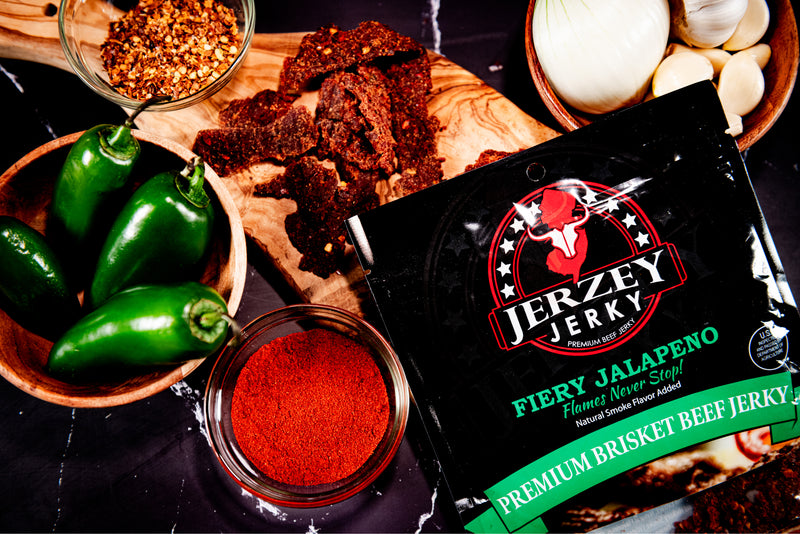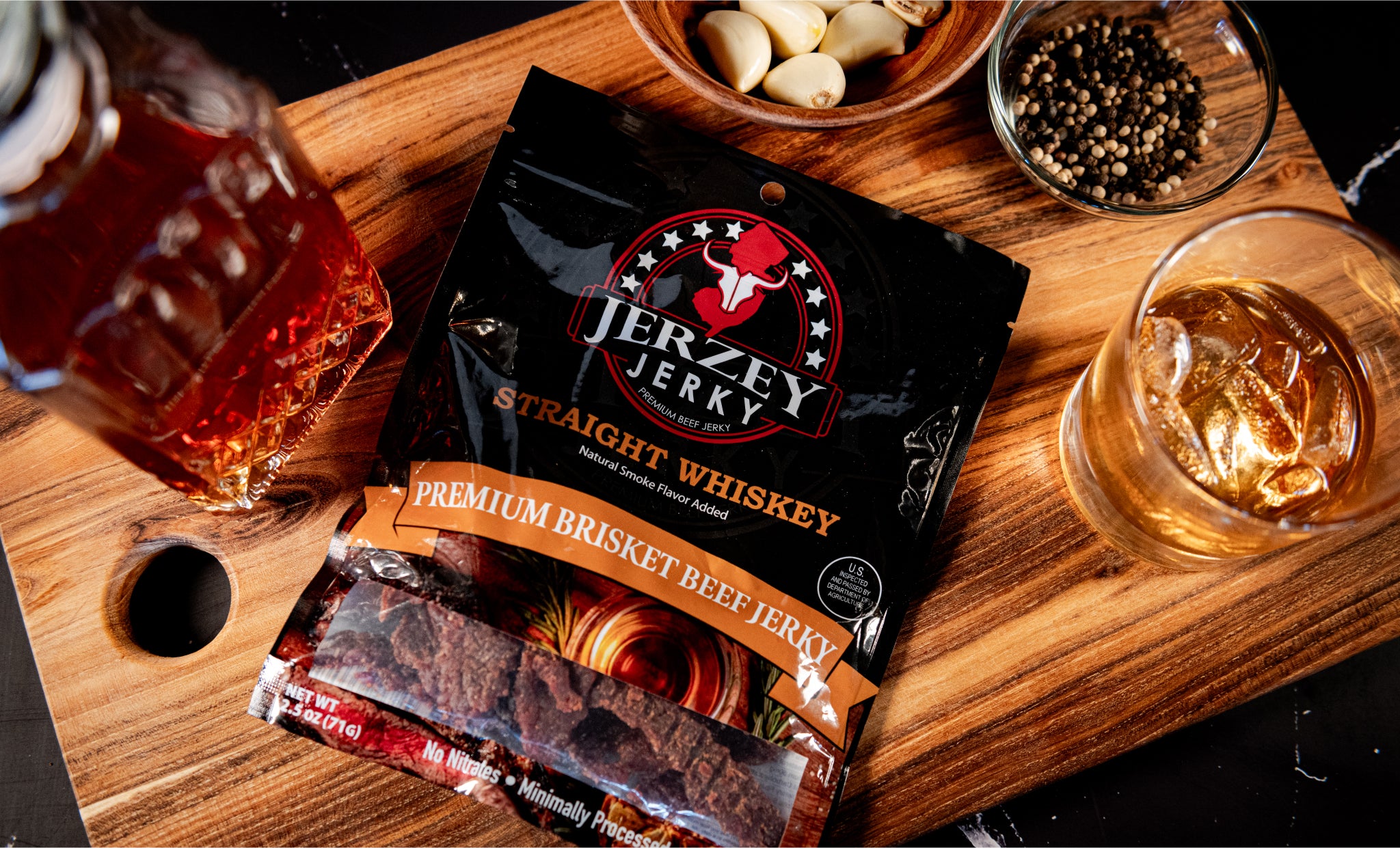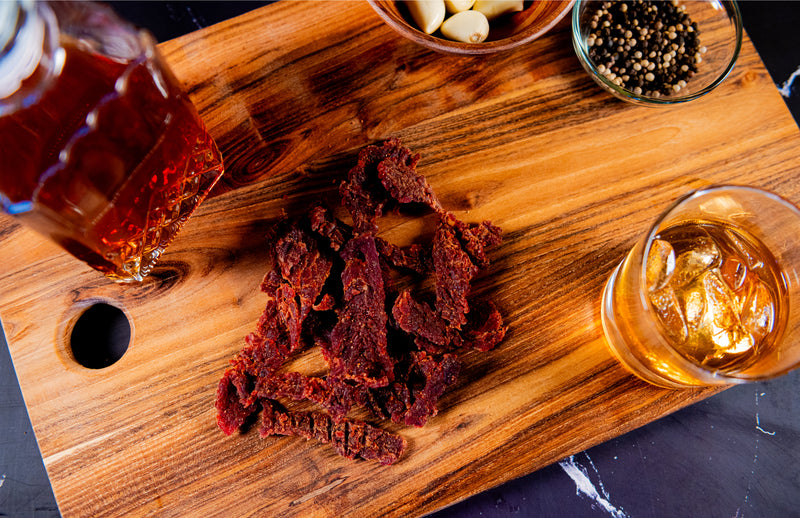
Japanese Soy & Mirin Beef Jerky Recipe
Japanese Soy & Mirin Beef Jerky has the full and moderate taste of the traditional Japanese flavors. Soy sauce is used to give the umami, and mirin provides a light sweetness, which makes the savory-sweet taste profile. A touch of ginger and sesame finish the aroma to make it irresistible.
The recipe suits an Asian cuisine lover or anybody with a need to chomp on something high-protein. This combination of soy and mirin makes the jerky very complementary with green tea, rice crackers or bento lunch. The bite contains protein and taste in a convenient, snackable packaging.
A study reported that soy sauce, which has many amino acids, enhances the absorption of protein by 20 percent. This jerky is a simple blend of a few ingredients that serve not only as a tasty snack but also as a nutritious meal in response to everyday snack cravings.
What are the Ingredients of Japanese Soy & Mirin Beef Jerky?
Here are the ingredients of Japanese doy & mirin beef jerky:
-
1 lb lean beef (flank steak, eye of round, or sirloin)
-
1/4 cup soy sauce (regular or low-sodium)
-
2 tbsp mirin (Japanese sweet rice wine)
-
1 tbsp sugar (white or brown)
-
1 tbsp sake or rice vinegar (optional)
-
2 cloves garlic (minced)
-
1 tsp ginger (fresh grated or powdered)
-
1 tsp sesame oil
-
1/4 tsp black pepper
-
Optional: 1 tbsp white sesame seeds, chopped scallions for garnish
This list provides the right balance of flavors for a rich and aromatic beef jerky.
Shop the best-selling Fiery Jalapeno Beef Jerky - Brisket & Straight Whiskey Beef Jerky - Brisket
Marinade Preparation
Begin by mixing 1/4 cup soy, 2 tbsp mirin, 1 tbsp sugar, and 1 tsp sesame oil in a bowl to make a sweet savoury glaze. This blend makes the foundation of the marinade.
In the mixture add 2 cloves minced garlic, 1 tsp grated ginger, and 1 tbsp sake or rice vinegar (optional). Such ingredients serve to control the flavors, making them much more tasty. Dissolve the sugar by stirring.
Put the beef slices into the marinade and coat them evenly. Butter the beef on all sides and refrigerate it for 12 24 hours, to allow its flavours to penetrate.
After halfway through the marinating time, turn over or fold the beef strips to make the marinade even all around. This is done to enable all the pieces to be equally flavored to create the right texture of jerky.
Cutting & Preparation
To make it easier to cut, chill the meat to firm it up, about 1-2 hours. This provides easier and precise cutting. Remove all the visible fat from the meat to avoid spoilage and keep the jerky fresh longer.
Cut the beef to go across the grain, which is done in hopes of cutting strips that are 1/4-inch thick. Cutting at this angle makes it tender and when dried, up has a superior texture. Make sure that the slices are more or less the same thickness to be able to dry them evenly so that they do not under- or over-dry.
To add more flavor and crunch start by sprinkling sesame seeds over the slices before drying. This gives the jerky a nice finish and a faint texture. The kind of meat cut and preparation technique is very important in ensuring that the resulting jerky is very delicious, also very tender and well-dried all through.
What are the Drying/Cooking Methods for Japanese Soy & Mirin Beef Jerky?
In drying using a dehydrator, choose a 160°F temperature and dry the beef in 4-6 hours. This approach causes the jerky to be nice and chewy, not brittle. This results in a smooth texture all over.
To oven dry, preheat to 170°F and open the door a little ajar to allow air circulation. Let the beef dry for 4-6 hours until the jerky becomes firm enough according to your preference.
To add a smoky flavor, optionally, add mild woods such as cherry or apple to a smoker. This gives it a soft smoky taste which adds flavor to the jerky.
Jerky that is cooked is tough, somewhat shiny and chewy. It curves without breaking, which means that it has the ideal texture of a tasty high-protein snack.
What is the Nutritional Value of Japanese Soy & Mirin Beef Jerky?
Here are the nutritional values of Japanese Soy & Mirin Beef Jerky:
-
Calories: 90–110 per serving, depending on the cut of beef.
-
Protein: 9–12g per serving, providing a solid source of lean protein.
-
Carbohydrates: 5–7g from sugar and mirin, adding slight sweetness.
-
Fat: 1–2g per serving, keeping the jerky low in fat.
-
Sodium: Moderate to high, due to the soy sauce and seasoning.
This Japanese Soy & Mirin Beef Jerky is an excellent source of protein, carbohydrates and low fat, so it is an ideal snack to give energy and repair muscle. Nevertheless, it is important that the amount of sodium be limited, particularly in persons who are salt sensitive.
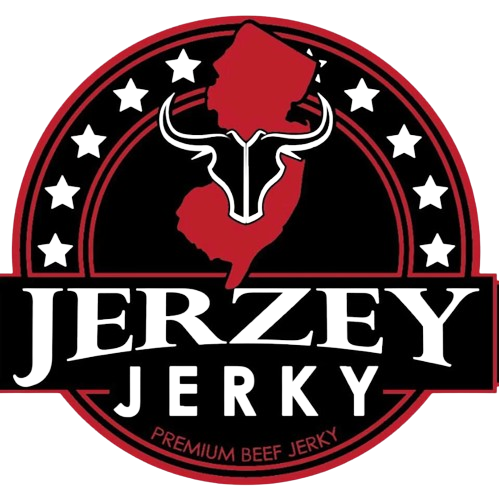
 2025-07-25
2025-07-25
 Wayne Holland
Wayne Holland

